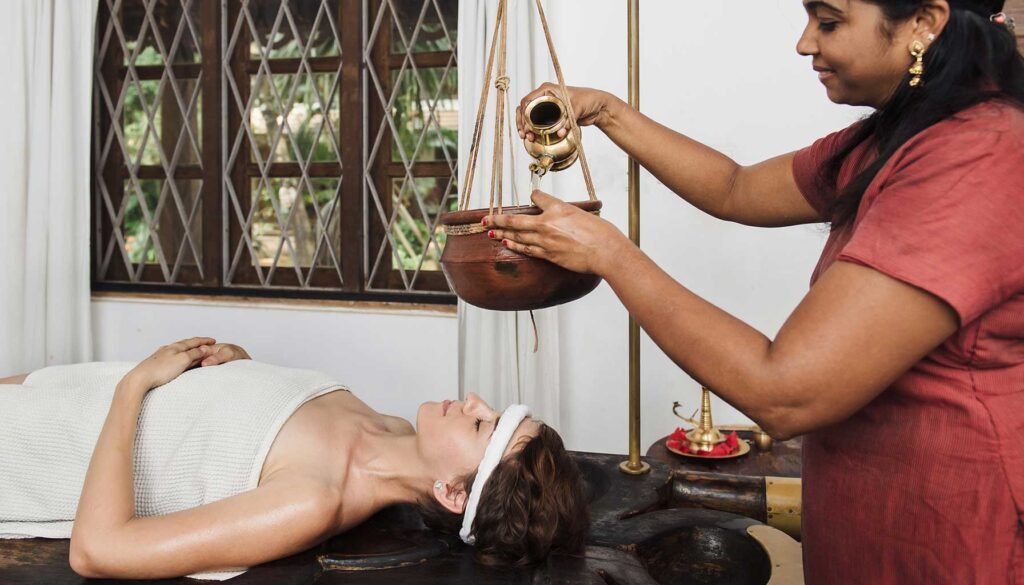
AYUSH, the Oldest system of healing with a documented history of its practice for more than 5000 years. Just Check out the blog to read more!
Index
- Introduction to AYUSH
- Ayurveda: The Ancient Science of Life
- Yoga: Harmonizing Body and Mind
- Naturopathy: Healing with Nature
- Unani: Greco-Arab Medicine in India
- Siddha: A System of Perfection and Holistic Health
- Sowa Rigpa: Himalayan Healing Wisdom
- Homoeopathy: The Science of Like Cures Like
Introduction to AYUSH
AYUSH, an acronym for Ayurveda, Yoga & Naturopathy, Unani, Siddha, Sowa Rigpa, and Homoeopathy, encompasses the rich diversity of India’s traditional medicine systems. These systems, with their unique approaches to health and wellness, have been practiced in India for centuries, evolving through constant innovation and scientific inputs. Ayurveda, the oldest among them, boasts a documented history of over 5000 years, while Homoeopathy has been practiced in India for around 100 years. Each system is distinct, reflecting the diverse preferences of people and the availability of infrastructural facilities across different regions of India.
Ayurveda: The Ancient Science of Life
Ayurveda, known as the science of life, is a holistic system of healthcare originating in ancient India. Rooted in the quest for longevity and health, it is deeply intertwined with Indian philosophical thought. Ascribed to Lord Brahma, Ayurveda’s origins are traceable to the Vedas, the oldest Indian scriptures, and further developed during the Samhita period around 1000 BC. Central to Ayurveda are the Caraka Samhita and Susruta Samhita, comprehensive texts that established its foundational principles and therapeutic techniques. The system encompasses eight specialties, emphasizing maintenance of health and pharmaco-therapeutics, including extensive use of plant, animal, and mineral sources.
Yoga: Harmonizing Body and Mind
Yoga, derived from the Sanskrit word “yuj,” meaning to unite, is more than just physical postures; it is a way of life that seeks the union of individual consciousness with universal consciousness. Systematized by Maharishi Patanjali in his Yoga Sutras, it includes practices like Yama, Niyama, Asana, Pranayama, and Samadhi. These practices promote physical health, mental tranquility, and spiritual serenity. Yoga’s therapeutic potential is recognized globally, evidenced by the United Nations declaring June 21st as International Yoga Day.
Naturopathy: Healing with Nature
Naturopathy, a holistic approach to health, emphasizes living in harmony with nature. It utilizes natural materials and therapies like fasting, diet, and hydrotherapy to boost the body’s self-healing capacity. Naturopathy’s principles reflect a universal approach, focusing on restoring the body’s inner balance and vitality. Its treatments, rooted in natural elements, aim to enhance vitality and promote overall well-being.
Unani: Greco-Arab Medicine in India
The Unani System, originating in Greece and developed further by Arab scholars, is based on Hippocrates’ theories of the four humors. Recognized by the World Health Organization, Unani integrates elements, temperament, and humors to understand health and disease. It emphasizes the prevention of disease and promotion of health, adapting to modern scientific knowledge while maintaining its traditional essence.
Siddha: A System of Perfection and Holistic Health
Siddha medicine, one of the oldest medical systems, focuses on a holistic approach encompassing philosophy, medicine, and yoga. Originating as early as 4000 BC, it is based on the concept of achieving perfection in life and health. The system, named after its founders, the Siddhas, employs diagnostic methods like the examination of three humors and eight vital tests. Its treatments aim to balance vital life factors and maintain the body’s seven elements, offering therapies like Varmam and Thokkanam.
Sowa Rigpa: Himalayan Healing Wisdom
Sowa Rigpa, meaning the Science of Healing, is a traditional system prevalent in the Himalayan regions. Recognized by the Indian government, it integrates medical texts from Indian and Tibetan scholars, focusing on holistic public health. Sowa Rigpa’s approach is deeply rooted in Buddhist teachings and offers a unique blend of regional healing practices.

Homoeopathy: The Science of Like Cures Like
Homoeopathy, founded by Dr. Samuel Hahnemann, operates on the principle of ‘like cures like.’ Introduced to India in the early 19th century, it has since been officially recognized and integrated into the AYUSH healthcare system. Homoeopathy uses natural substances to treat a wide range of conditions, focusing on the individual’s response to their environment. It offers a holistic treatment approach, devoid of toxic side effects, and has evolved into various specialties.
Conclusion
The AYUSH system represents a significant and unique facet of India’s healthcare landscape, embracing traditional and non-conventional systems of health care and healing. This includes Ayurveda, Yoga, Unani, Naturopathy, Siddha, Sowa Rigpa, and Homoeopathy. AYUSH stands as a testament to India’s rich heritage in holistic health and wellness practices, which have been serving humanity since prehistoric times.
The AYUSH system not only addresses physical health but also emphasizes mental, social, and spiritual well-being. Over the years, especially after India’s independence, the Indian government has actively promoted and developed these systems. The establishment of the Ministry of AYUSH in 2014 marked a significant step in recognizing and integrating these traditional healthcare systems into the mainstream. This Ministry focuses on upgrading educational standards in these fields, strengthening research, cultivating medicinal plants used in these systems, and evolving pharmacopeial standards for drugs used in AYUSH therapies.
For those interested in exploring more about AYUSH and its diverse aspects, several online resources are available:
1. Ayush Information Hub: This platform provides a wealth of authentic and verified information related to AYUSH, encompassing various traditional medicine systems and their applications. It’s a comprehensive source for research, development, and updates in the field of AYUSH.
2. Ayush Next: This website offers insights into AYUSH’s role in holistic healthcare, covering various aspects such as research, current developments, and educational resources in the field of traditional medicine.
3. Wikipedia – Ministry of Ayush: For a broad overview of the Ministry of AYUSH, its history, objectives, and initiatives, the Wikipedia page on the Ministry of Ayush provides a concise summary.
These resources serve as excellent starting points for anyone seeking to delve deeper into the world of AYUSH and its contribution to global health and wellness.


